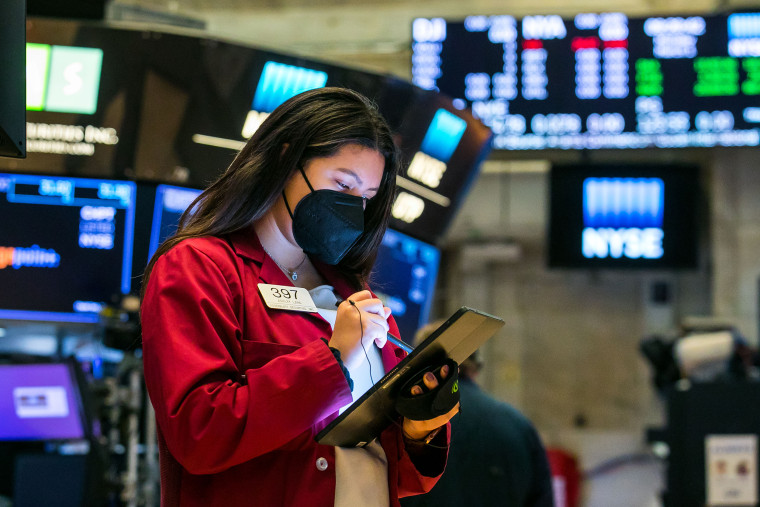The S&P 500 closed above 4,000 for the first time on Thursday, ending the first day of the new quarter at 4,019 after President Joe Biden's massive infrastructure plan boosted confidence in the nation's broader economic outlook.
The index of the world's largest publicly traded companies last crossed a 1,000-point threshold just 21 months ago, when it hit 3,000 in July 2019. Before that, it took five years to go from 2,000 to 3,000.
The $1.9 trillion infrastructure proposal that Biden laid out in a news conference on Wednesday includes spending on bridges and roads, but also $174 billion for electric vehicles and a nationwide charging network, $100 billion for high-speed broadband access and $50 billion for the beleaguered semiconductor industry.
“The reopening of the U.S. economy continues to support equity markets as the light at the end of the coronavirus tunnel draws near,” Craig Johnson, technical market strategist at Piper Sandler, told CNBC. ”Fiscal and monetary policy support remain unprecedented and well-telegraphed at this juncture.”
Biden would raise the corporate tax rate to 28 percent to fund the massive infusion of spending.
The rally on the S&P indicates investor confidence across a broader swath of companies and a move away from months of heavy focus on the tech sector, which outperformed during the pandemic as lockdowns led to an increase in e-commerce, gaming and video conferencing.
With the rollout of vaccinations and the lifting of many state-wide public health mandates, "stay-at-home" stocks weighed on the Nasdaq, which notched a gain of just under half a percent last month.
"Businesses have learned they can manage global workforces and close most deals from their PCs and don’t need to bear the expense and hassle of airports and hotels," said Mark Zandi, chief economist at Moody's Analytics.
By contrast, the blue-chip Dow Jones Industrial Average ended the month of March up by 6.6 percent, its best month since November.
"With state and local governments relaxing restrictions, and more consumers harboring antibodies, greater confidence and money to spend, the outlook is brightening across a number of fronts," said Mark Hamrick, senior economic analyst at Bankrate.
Investors were also digesting Thursday's weekly initial jobless claims, which came in higher than expected, ahead of the closely watched monthly employment count from the Bureau of Labor Statistics. The jobs report, which is set to be released Friday at 8:30 a.m. ET, is expected to show huge employment gains, with some economists predicting as many as 1 million jobs could have been added in the month of March.

